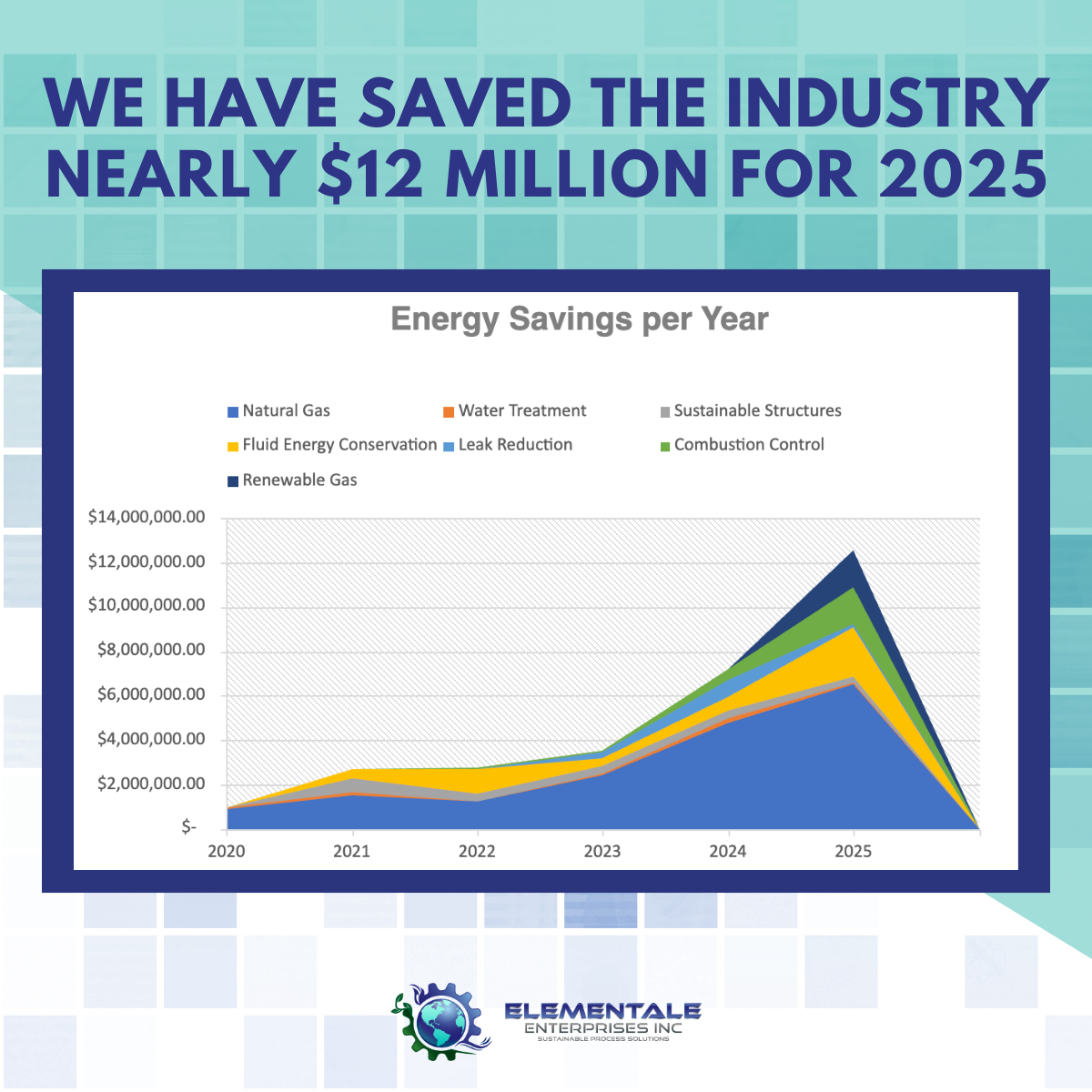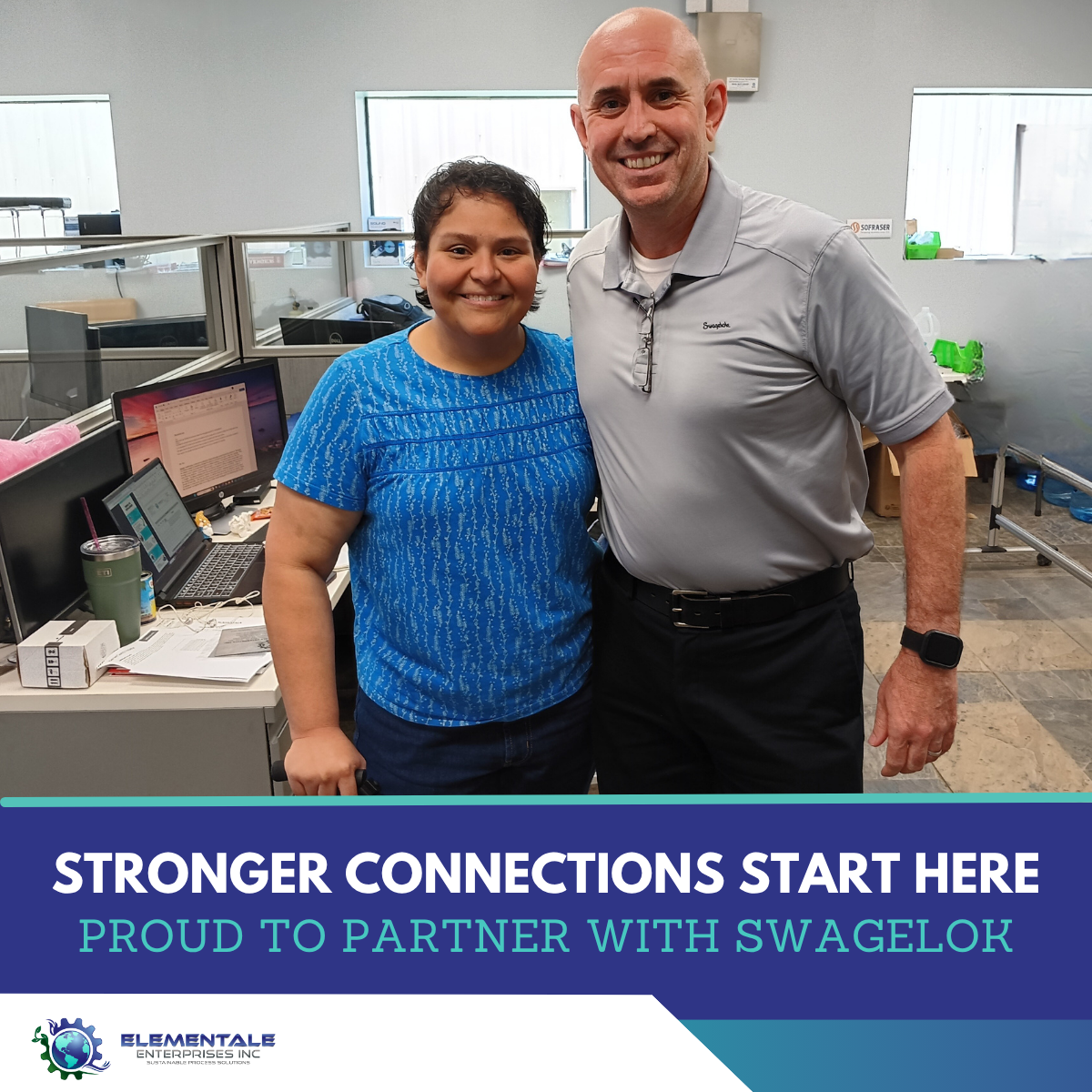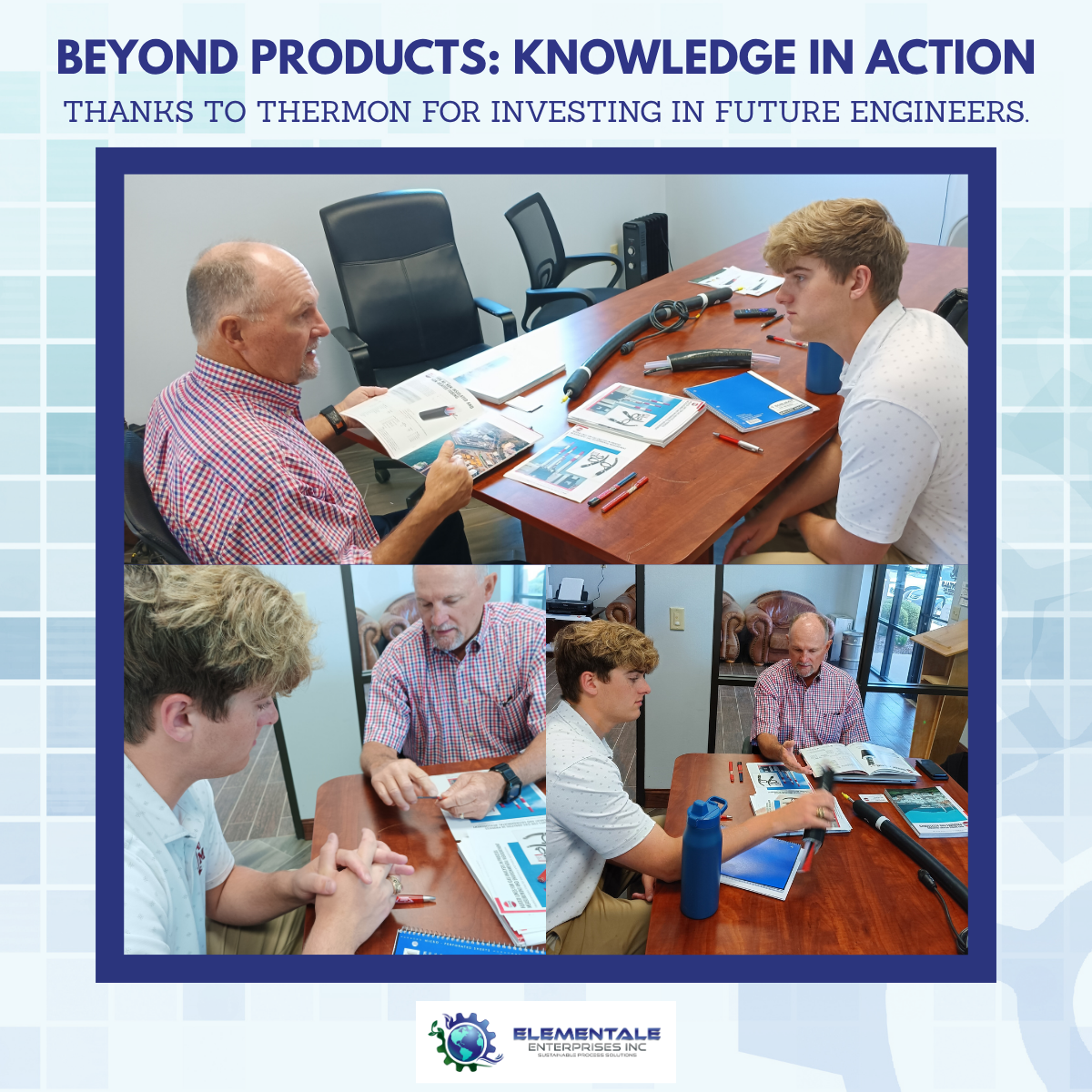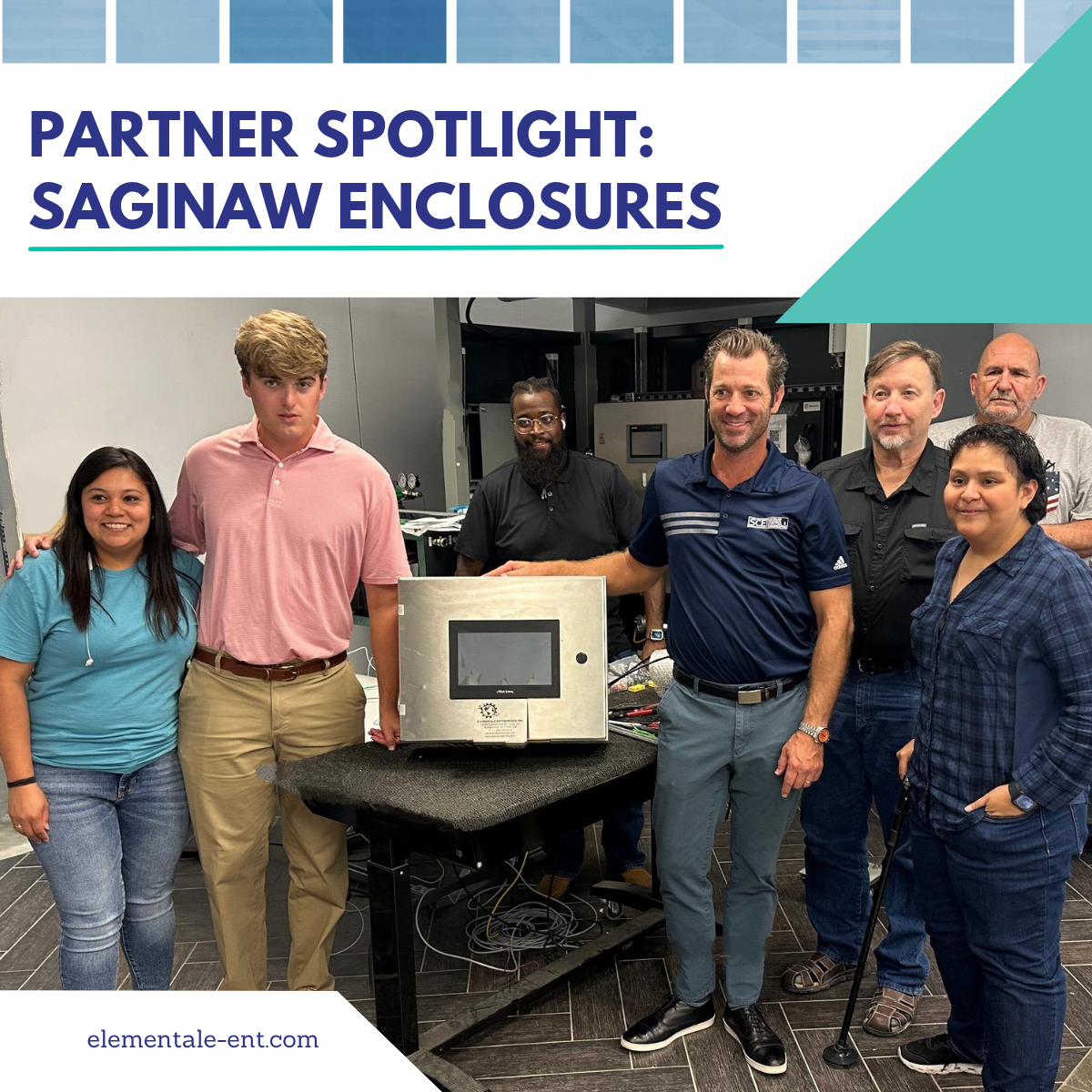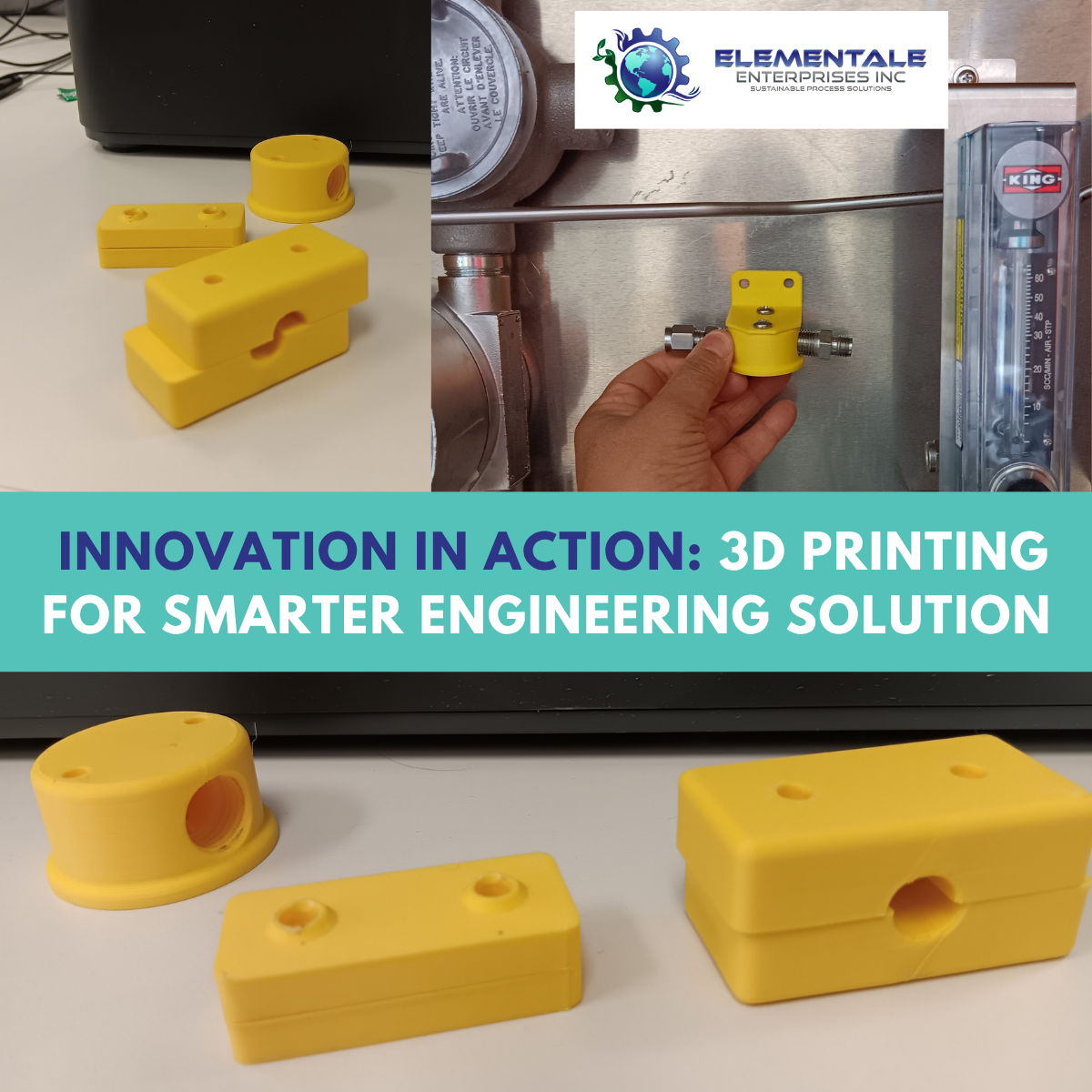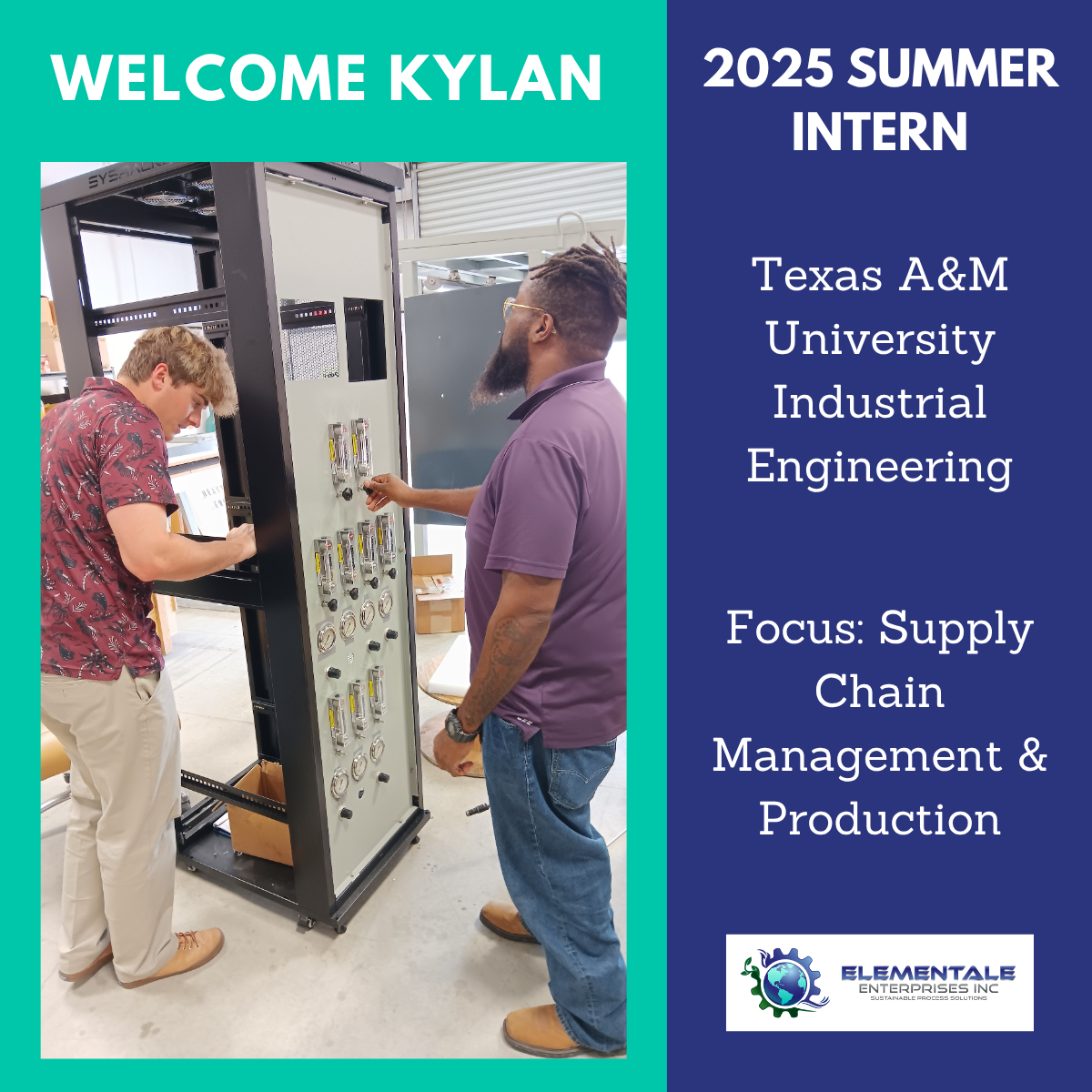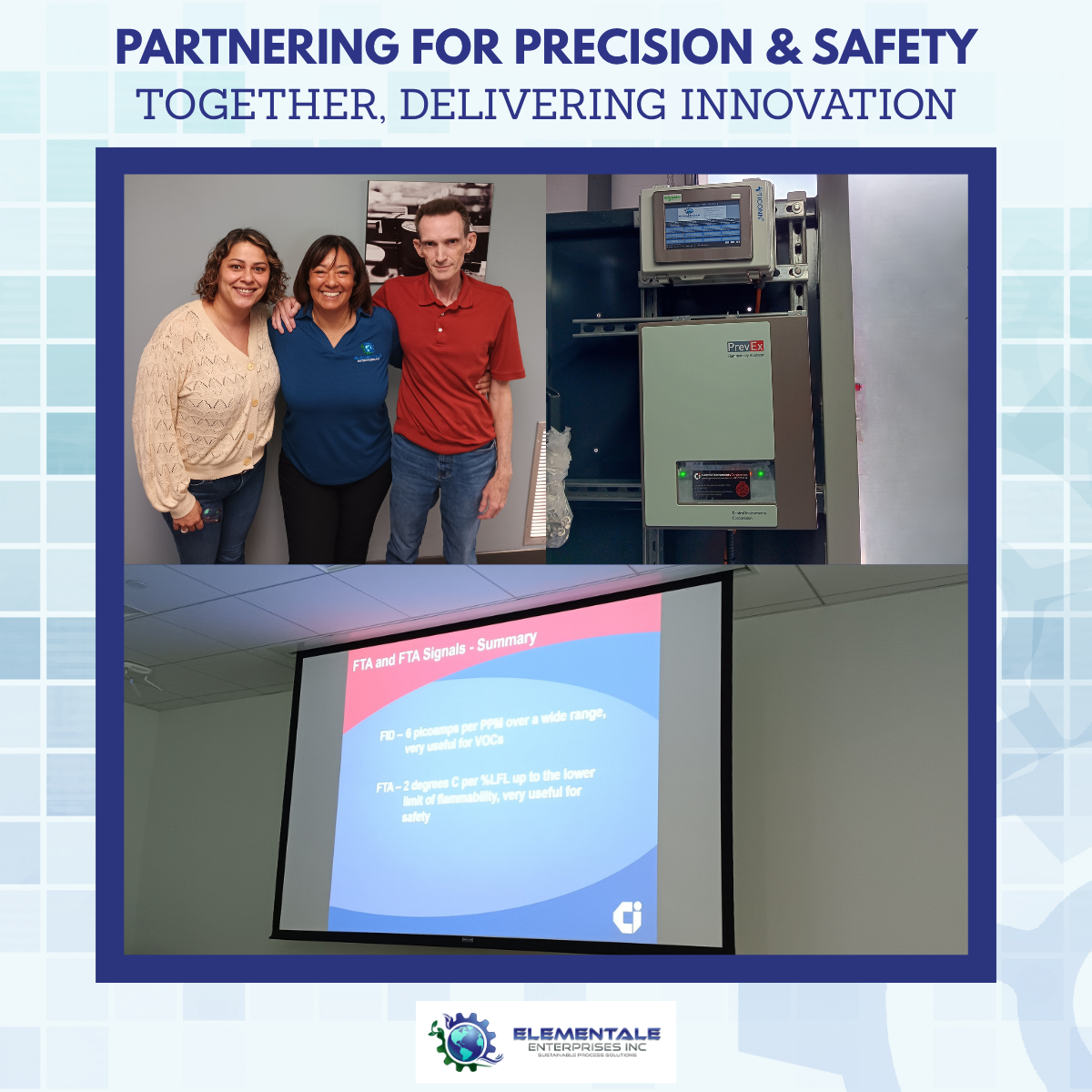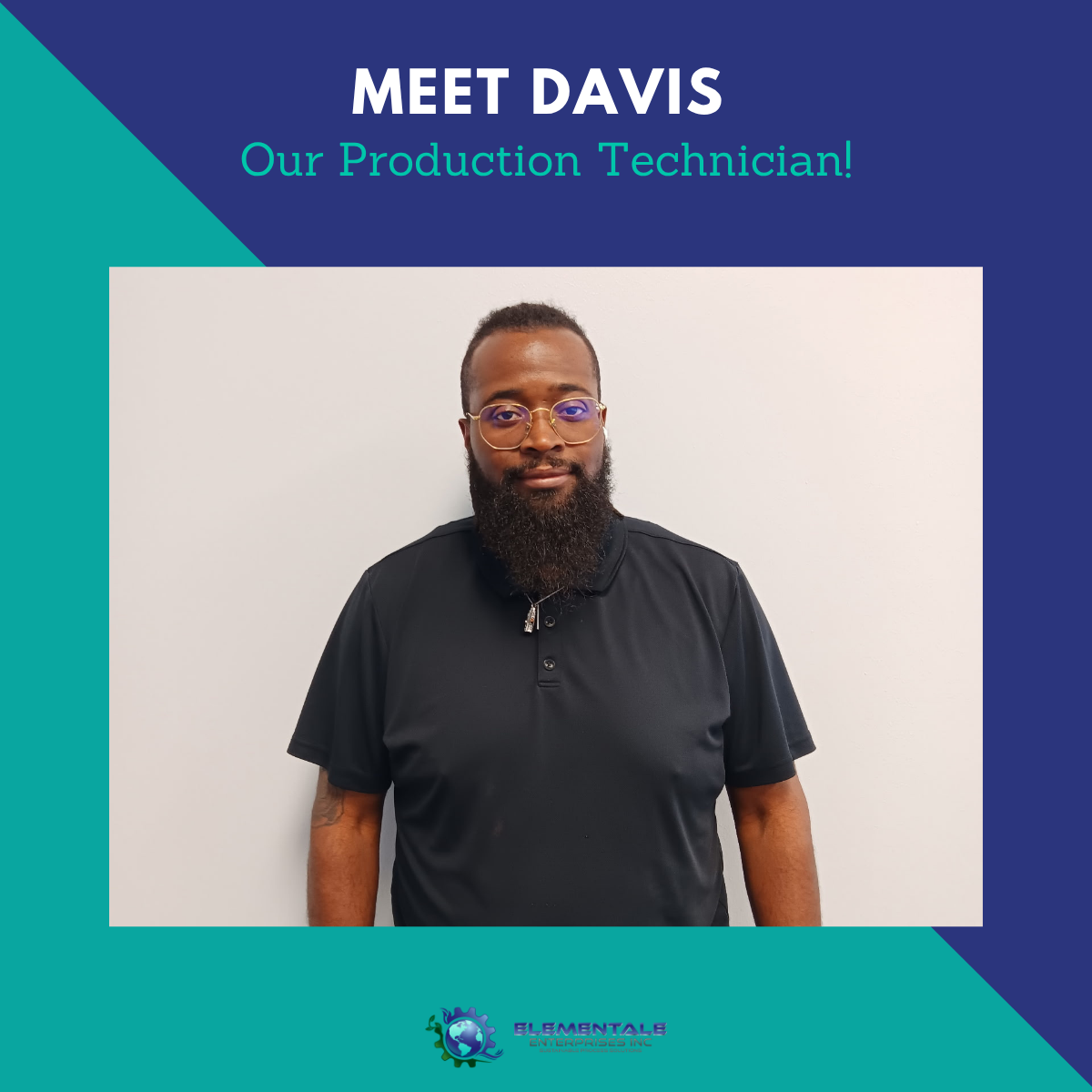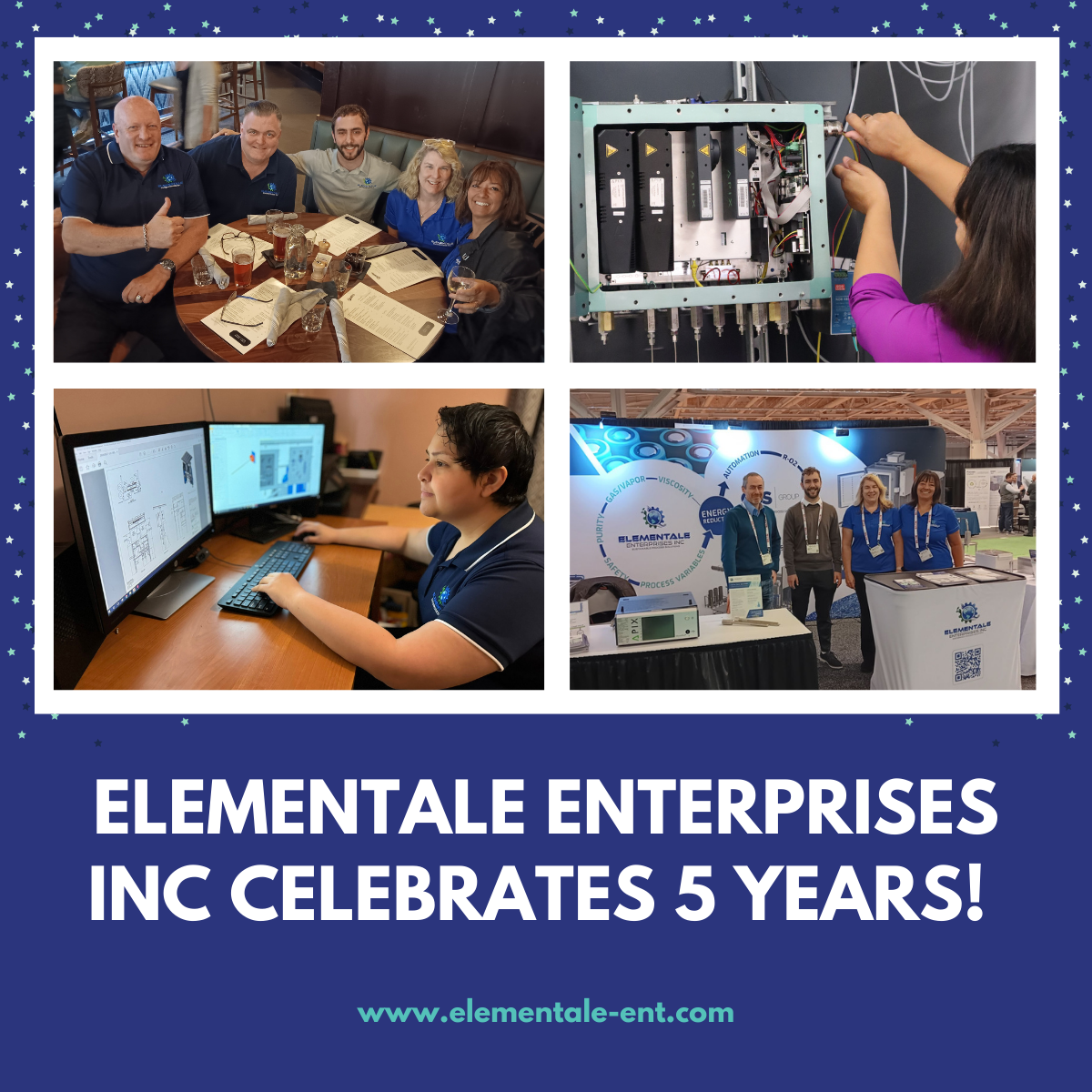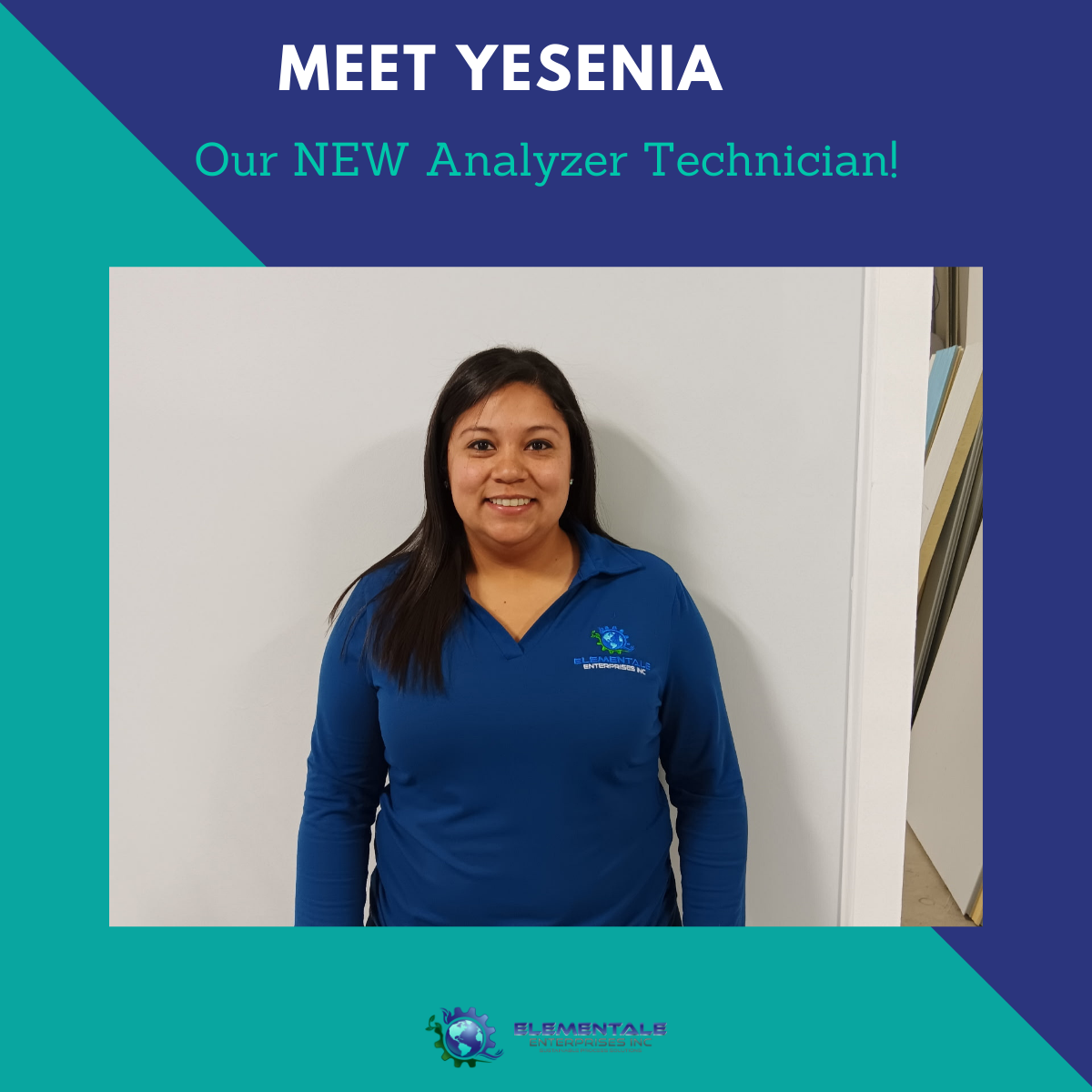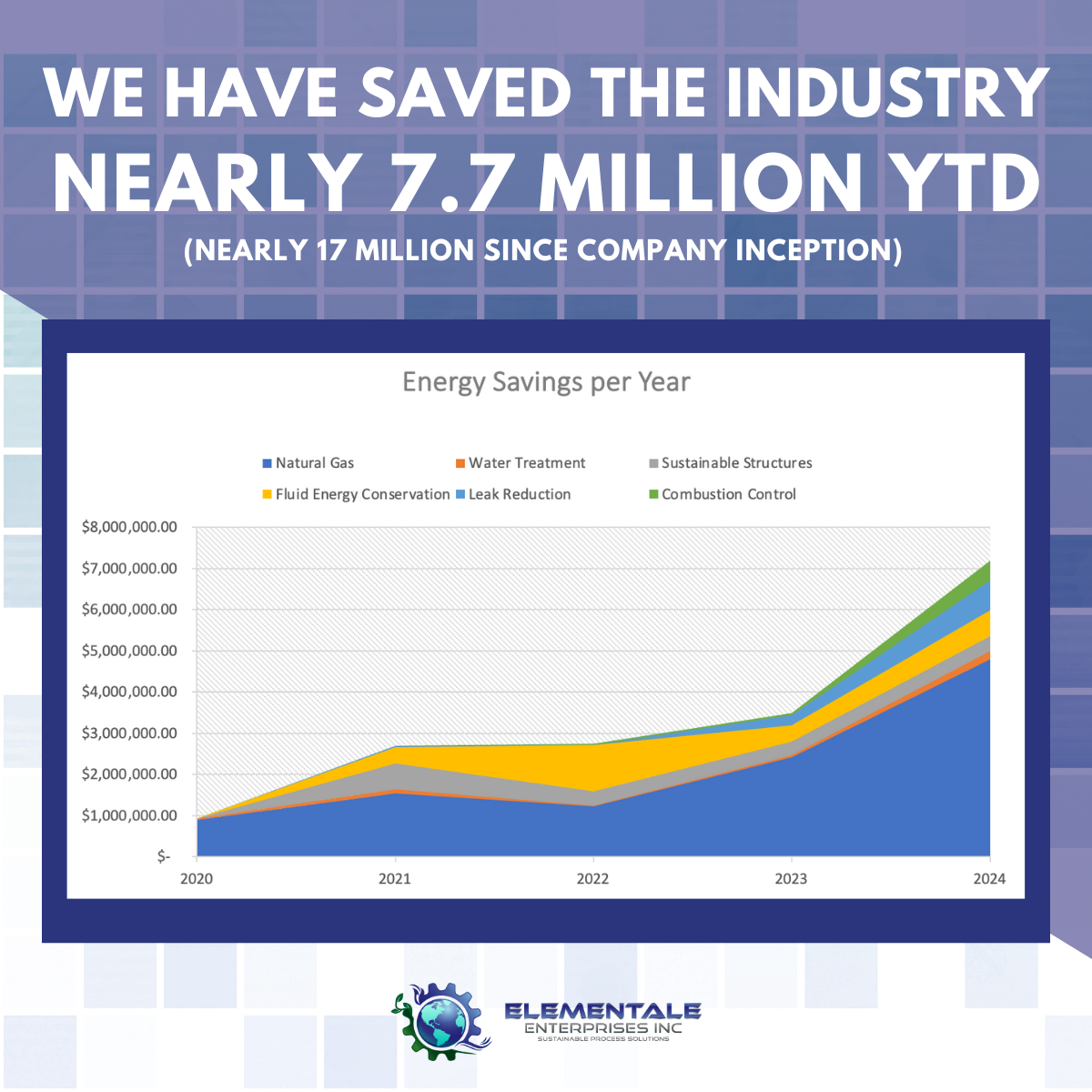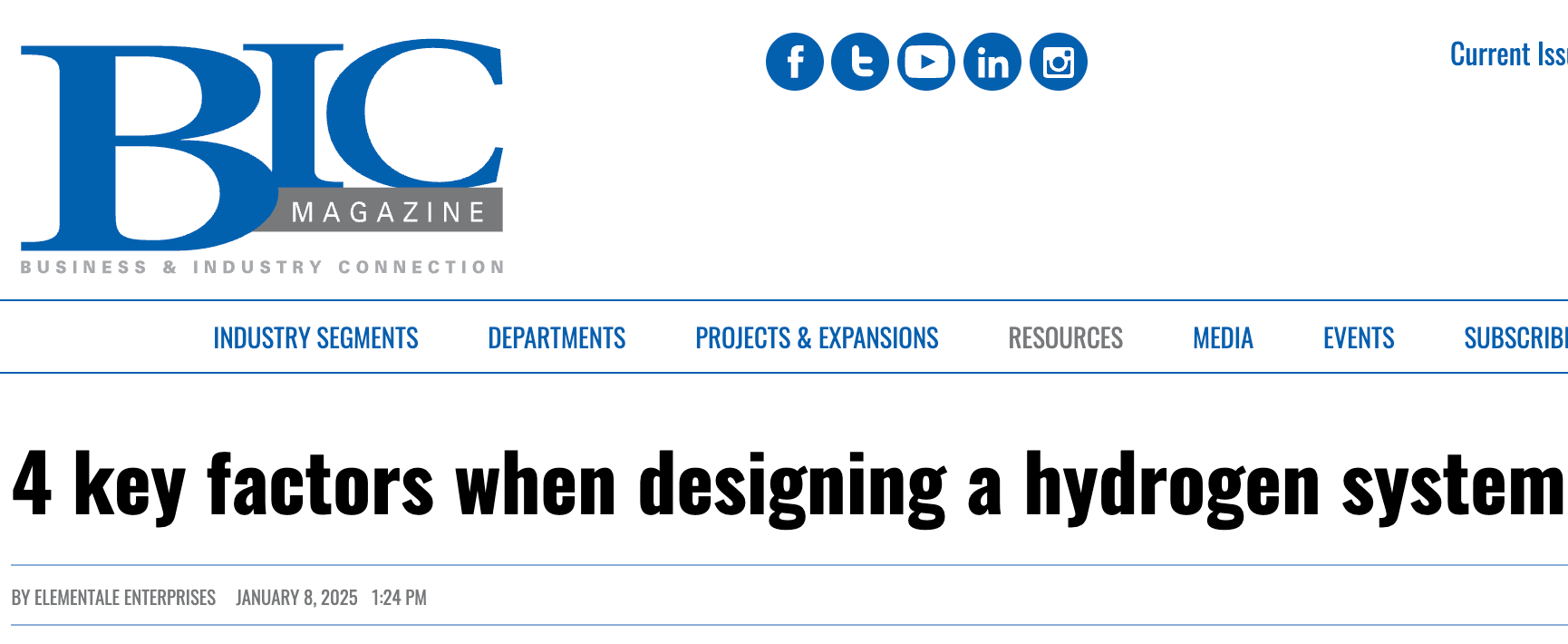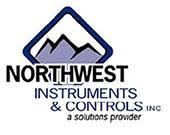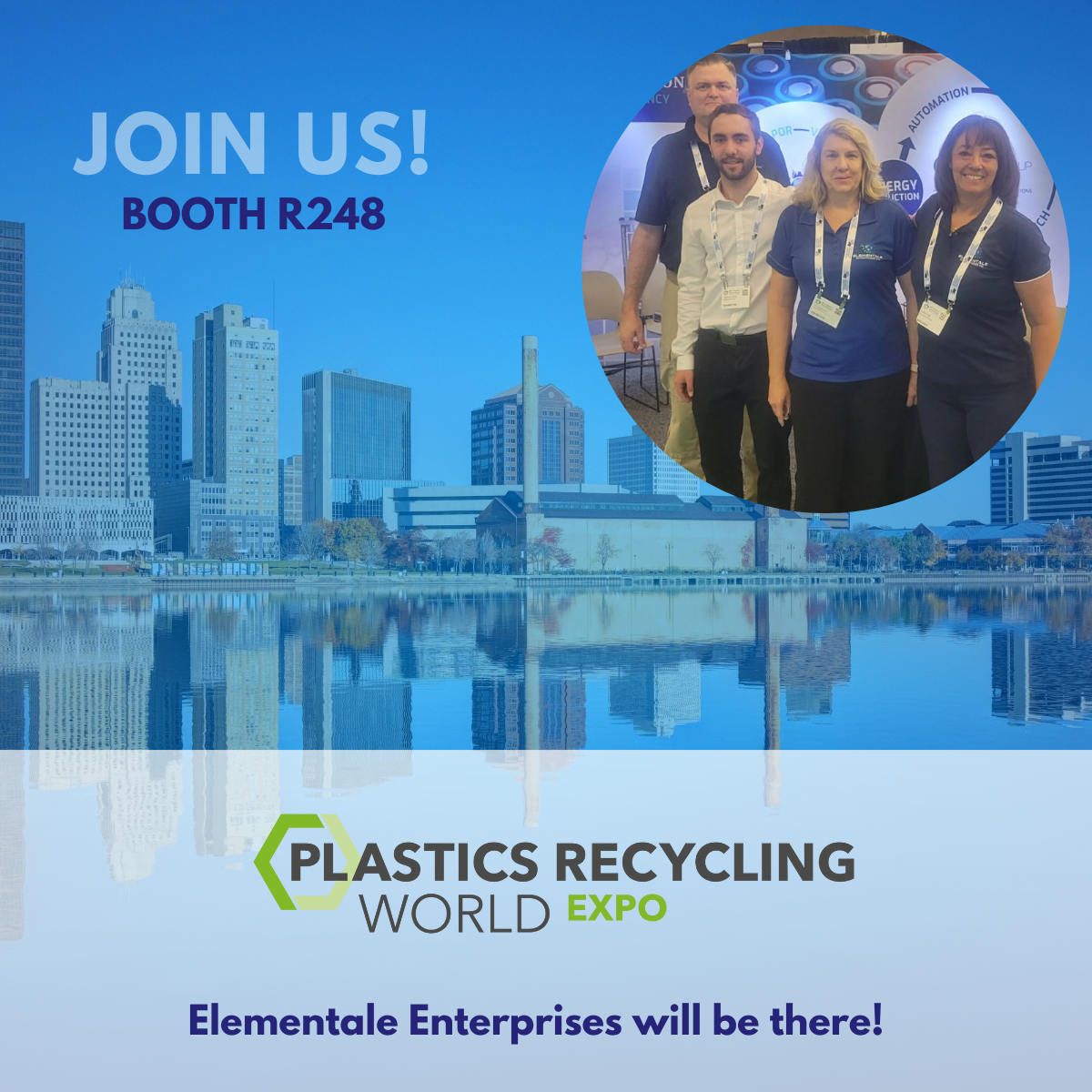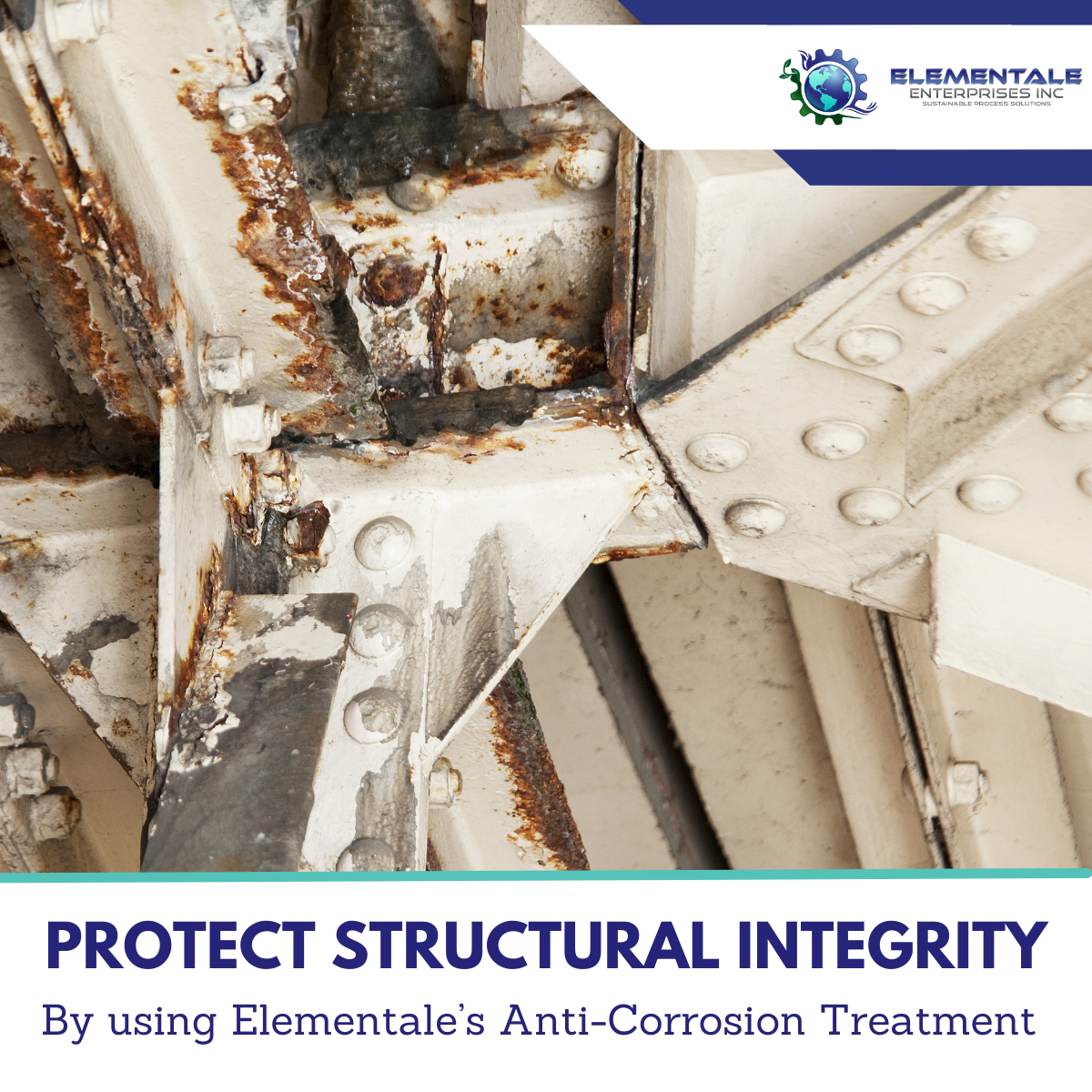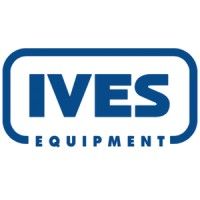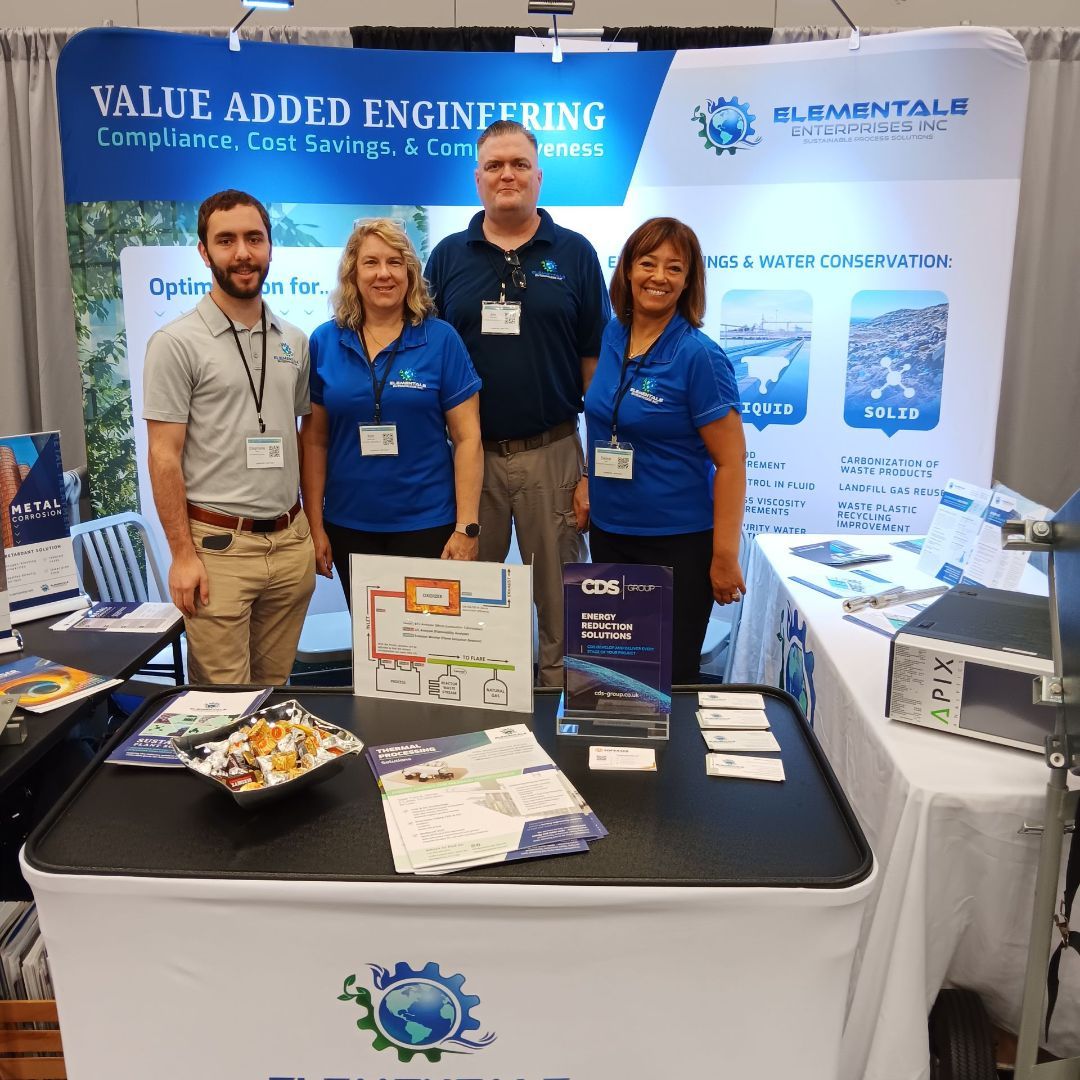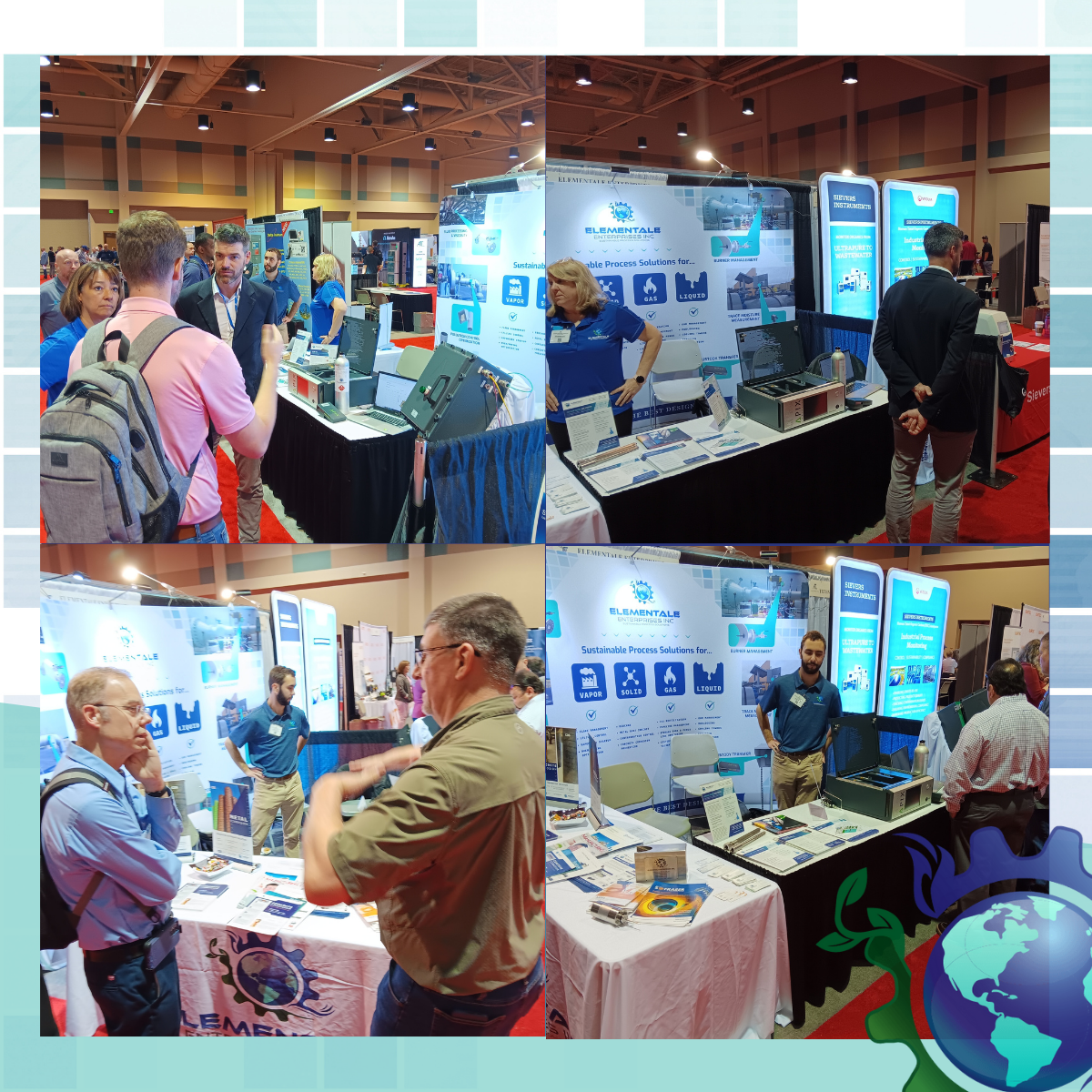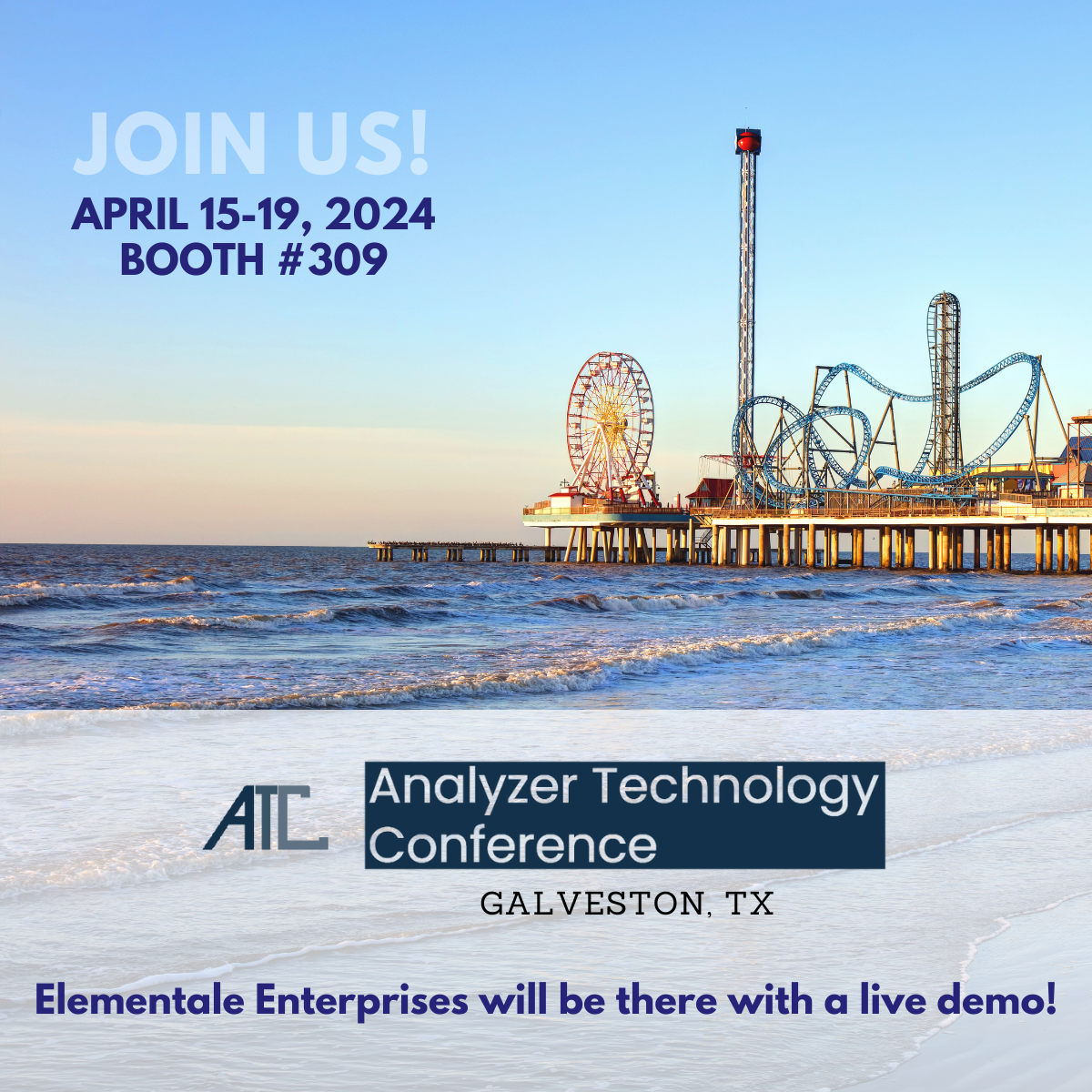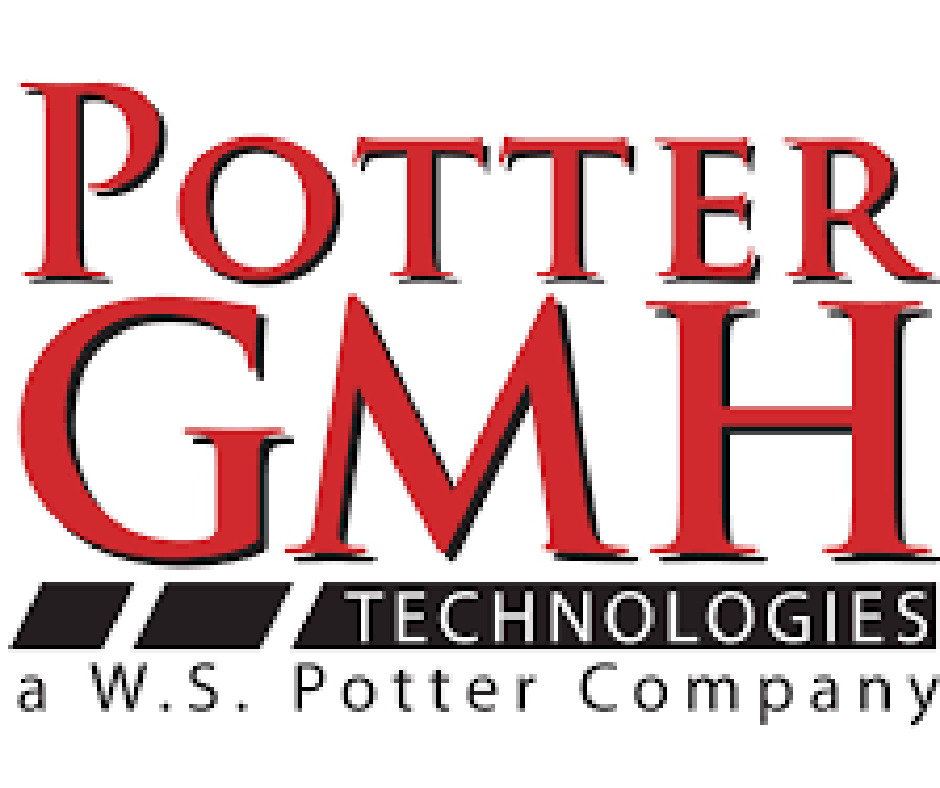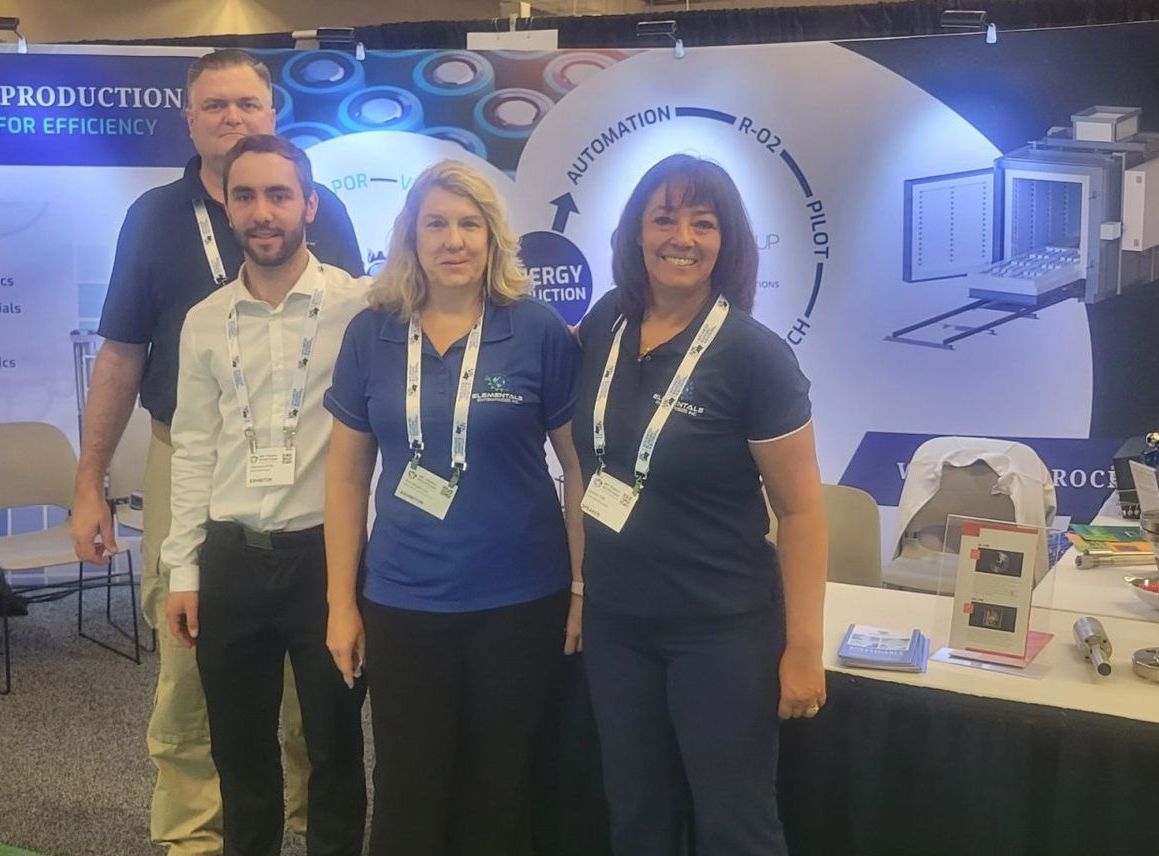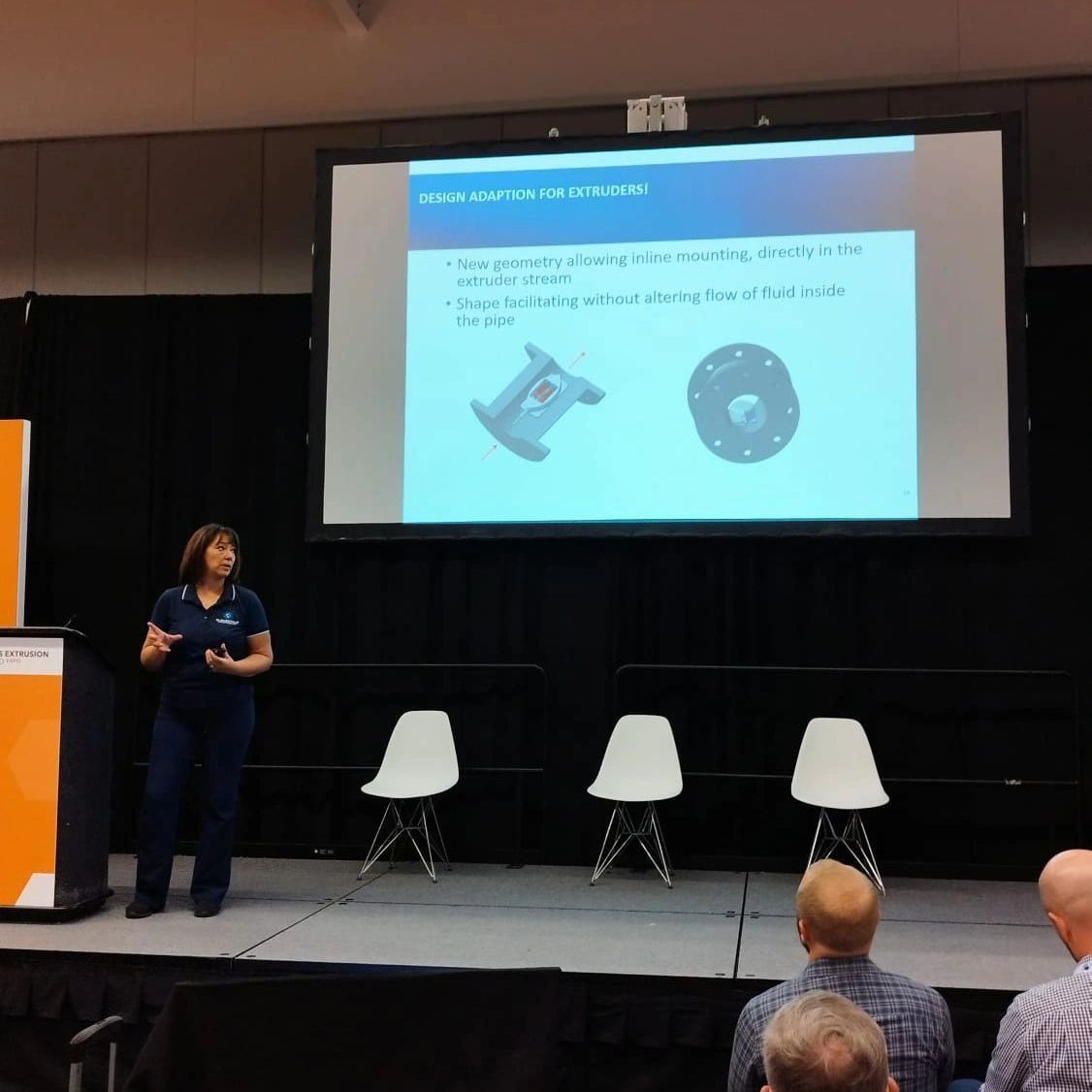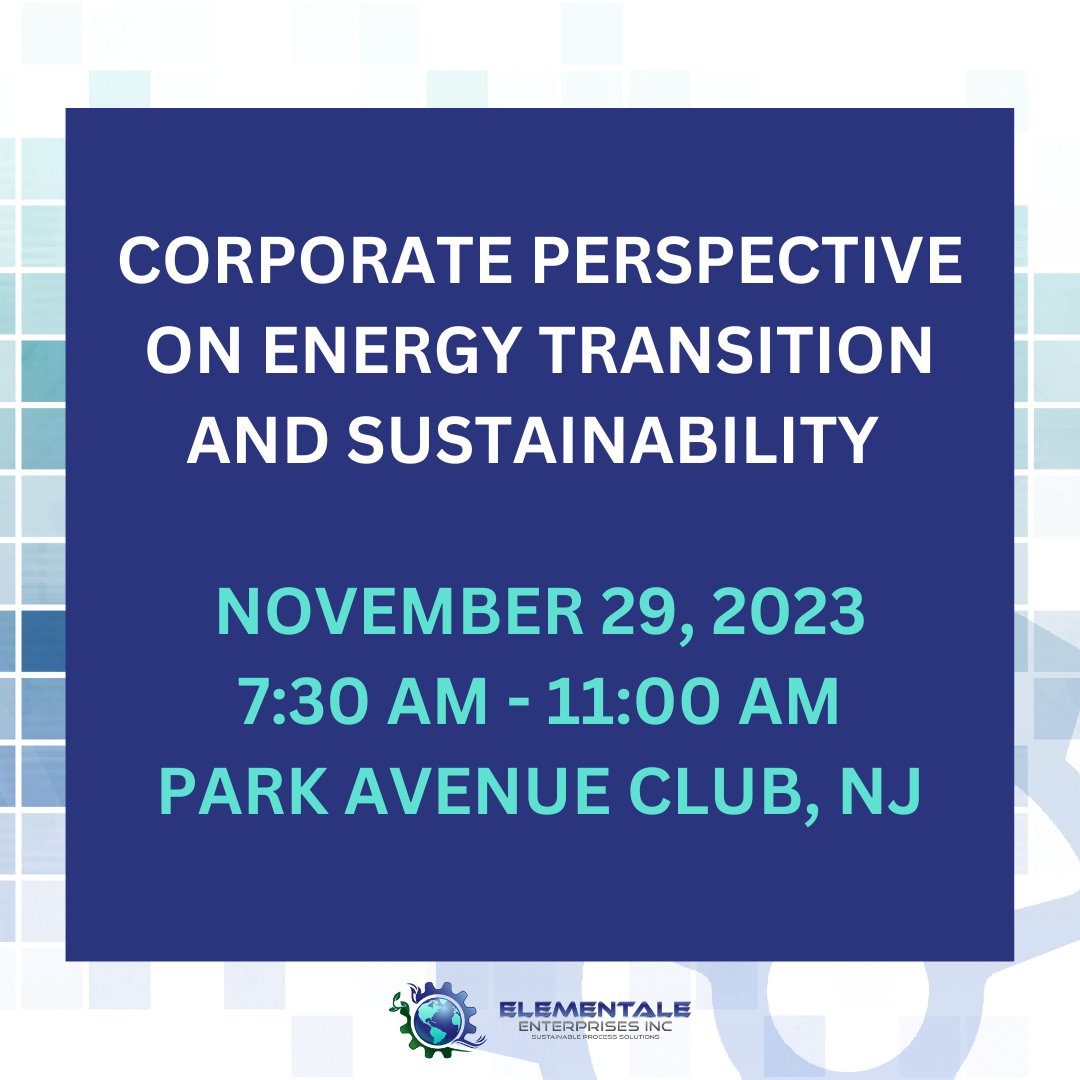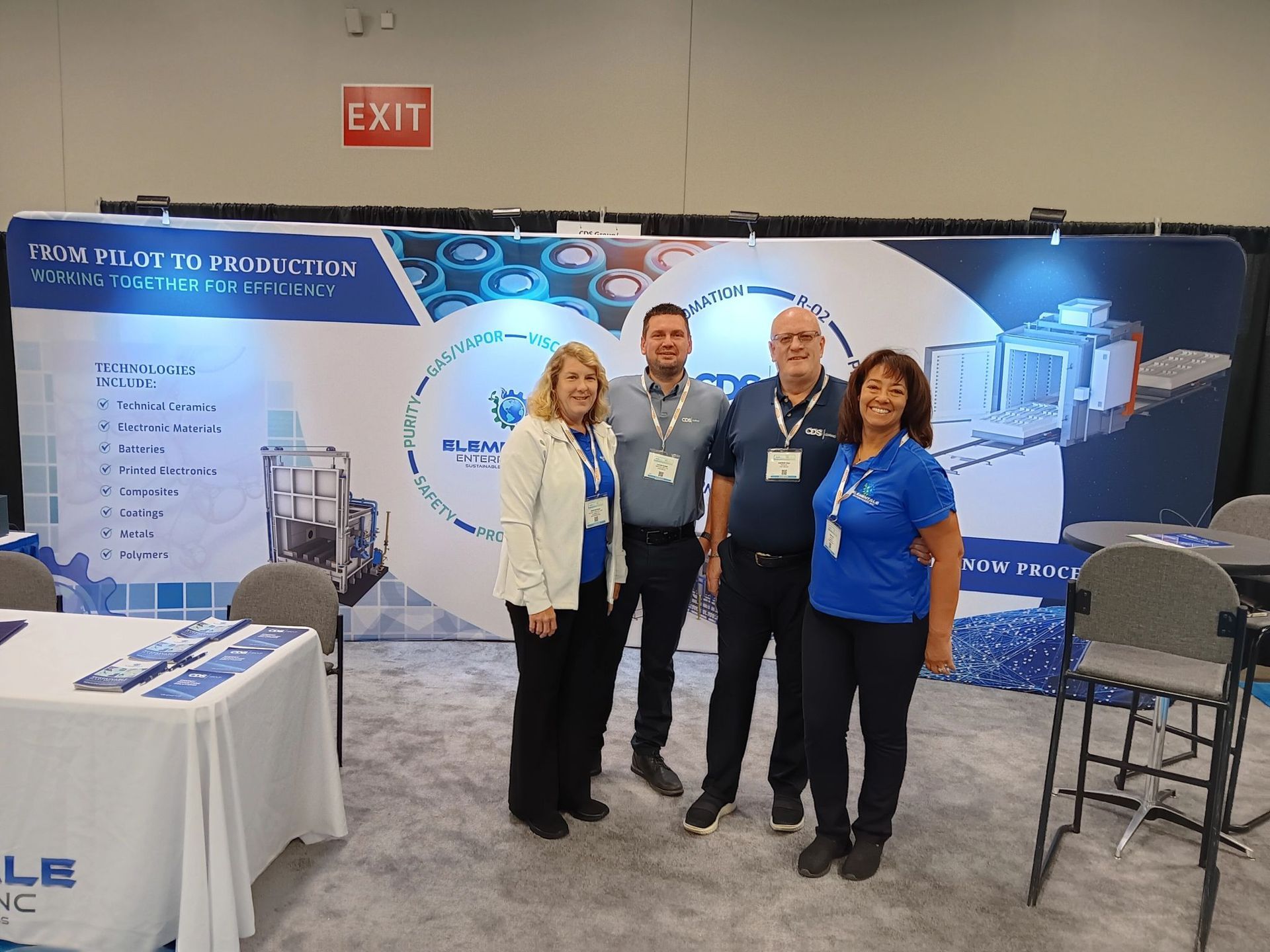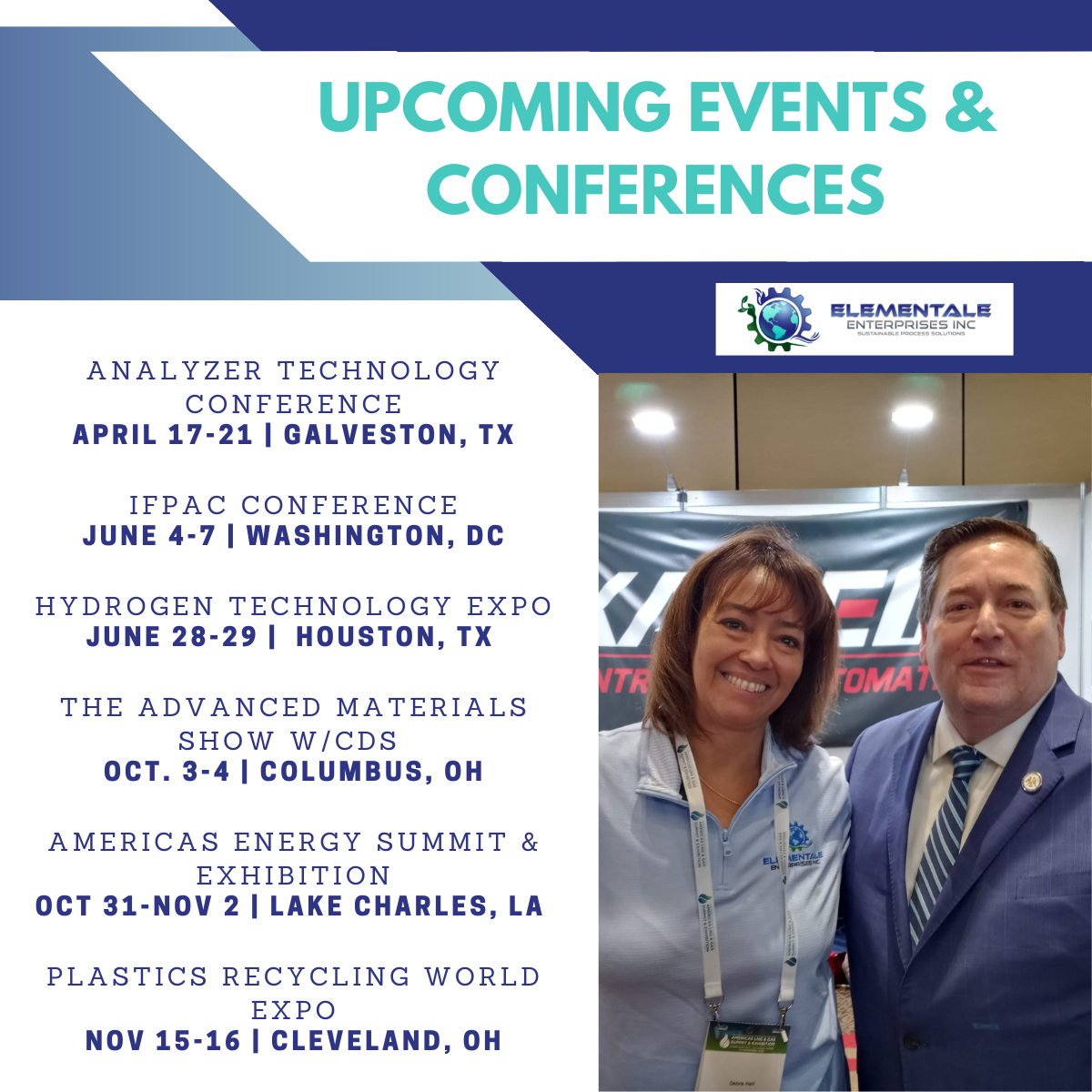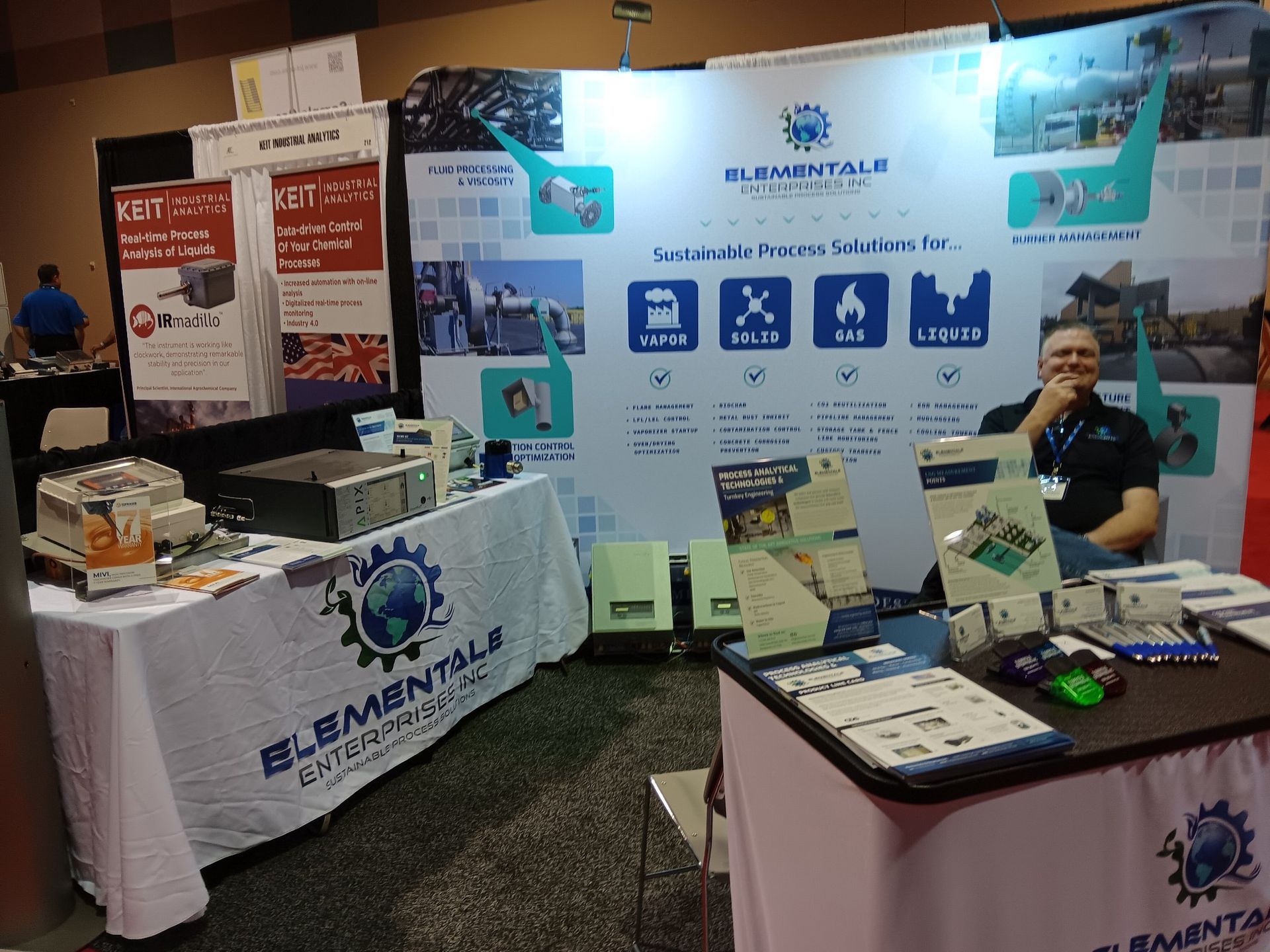Use Lower Flammable Limit Monitoring Equipment
to Improve Process Oven Efficiency
Process heating applications involving flammable solvent removal use large amounts of energy to maintain safe lower flammable limits (LFL) in the exhaust air. National Fire Protection Association (NFPA) guidelines require the removal of significant amounts of exhaust air to maintain a safe, low-vapor solvent concentration. If LFL monitoring equipment is used to ensure proper vapor concentrations, these guidelines allow for less exhaust air removal. LFL monitoring equipment can improve the efficiency of the solvent removal process and significantly lower process energy requirements.
Flammable solvents used in industrial production processes are typically evaporated in industrial ovens. Higher oven temperatures evaporate solvent vapors more quickly, allowing for faster production. Because the vapors are flammable, the exhaust air is discharged (along with the heat) to prevent the accumulation of the vapors in the oven. As the oven temperatures increase, plants have to maintain higher ventilation ratios to reduce the solvent vapor concentration levels and maintain the respective LFL.
For example, the NFPA ventilation safety ratio for batch-loaded ovens operating below 250oF is 10:1 and xylol has an LFL of 1%. Therefore, exhaust ventilation needs to be added to the vapor until the solvent concentration reaches 0.1%, meaning that the plant has to exhaust 10 times the amount of air required by the process to meet the NFPA requirement. If the process operates above 250oF, the required safety ratio rises to 14:1, the LFL goes down to 0.07%, and the plant has to exhaust 14 times the amount of air required to keep the process from becoming flammable.
The non-uniform rate of solvent vaporization is one of the reasons why LFLs are so stringent. Solvent vaporization is inherently non-uniform mainly because of wall losses and load characteristics; this causes periodically high solvent concentrations in the oven during the vaporization process. As a result, safe ventilation ratios are calculated using the theoretical peak needs of ventilation based on the highest vapor concentrations that can accumulate during the vaporization process.
LFL Monitoring Equipment
LFL monitoring equipment can reduce energy used in solvent removal by adjusting the ventilation ratio according to the fluctuations in vapor concentration. The equipment continuously tracks the solvent extraction rate in real time and controls the rate of ventilation air based on real needs, thereby maintaining a safe ratio throughout the process. LFL monitoring equipment can employ several technologies including catalytic systems, infrared sensors, ionization systems and combustion sensors. LFL monitoring equipment has self-check functions and uses a calibrated test gas for periodic self-calibration. Because the vaporization process depends on the intake and exhaust air, linking the LFL controller to an adjustable speed drive on the exhaust system fan can improve process efficiency even further (damper adjustments can also be used).
Example
The NFPA safety ventilation ratios are significantly lower when LFL monitoring equipment is used than when such equipment is absent. This lowers the energy requirements for the process because less air needs to be exhausted to keep the process from becoming flammable. For a continuous strip coating process requiring 46 gallons of xylol with a maximum oven temperature of 800oF and ambient air temperature of 70oF, the safety ventilation ratio is 4:1 without LFL monitoring equipment. This results in an exhaust requirement of 8,330 standard cubic feet per minute and energy consumption of 6.7 million British thermal units (MMBtu) per hour. At a cost of $8/MMBtu assuming a two-shift operation, this process costs approximately $214,000 annually. Installing LFL monitoring equipment would reduce the ratio to 2:1, halving the exhaust and energy requirements. Annual energy savings would total $107,000. With an installed cost of $12,500 for an LFL controller, the simple payback is very attractive at less than 1.5 months.

